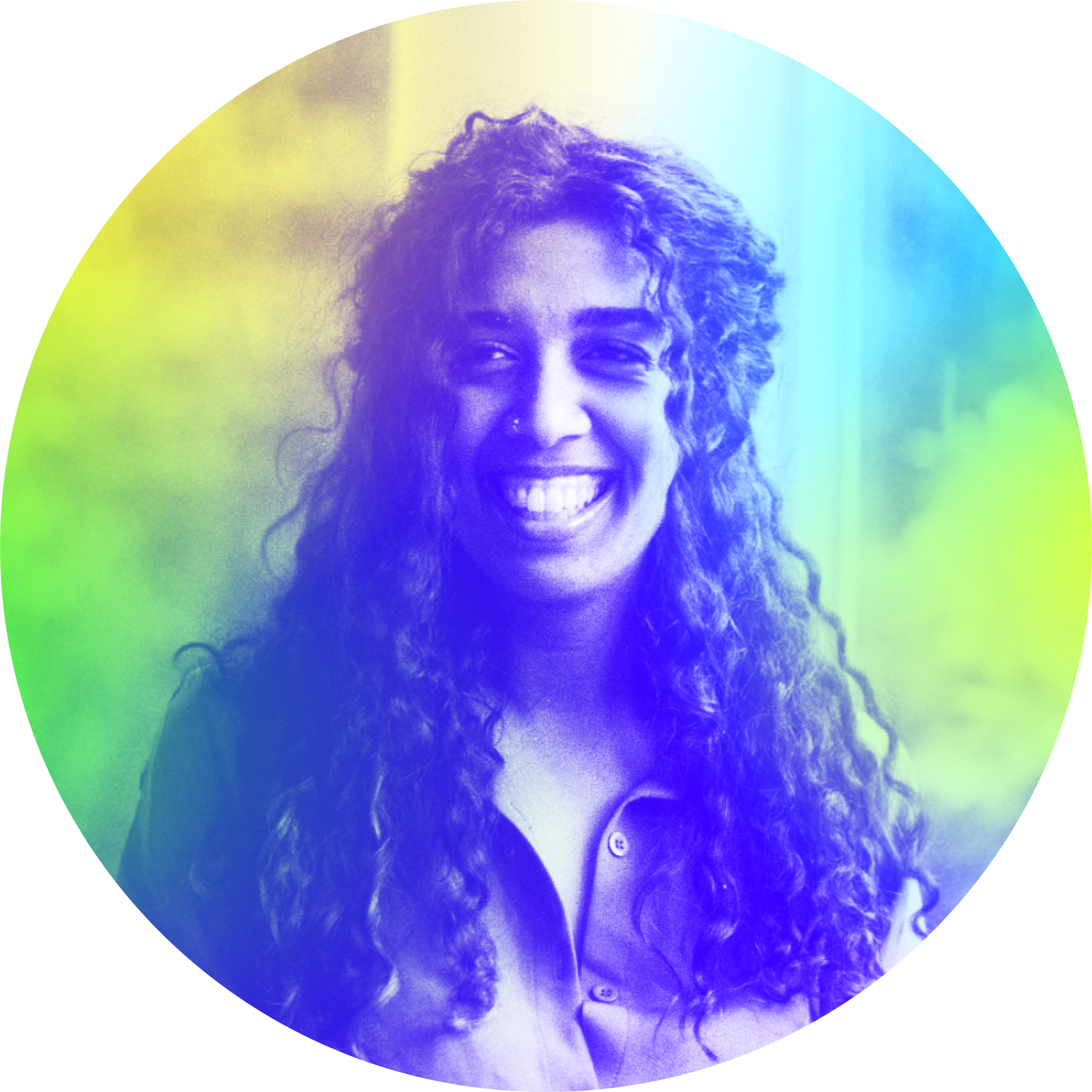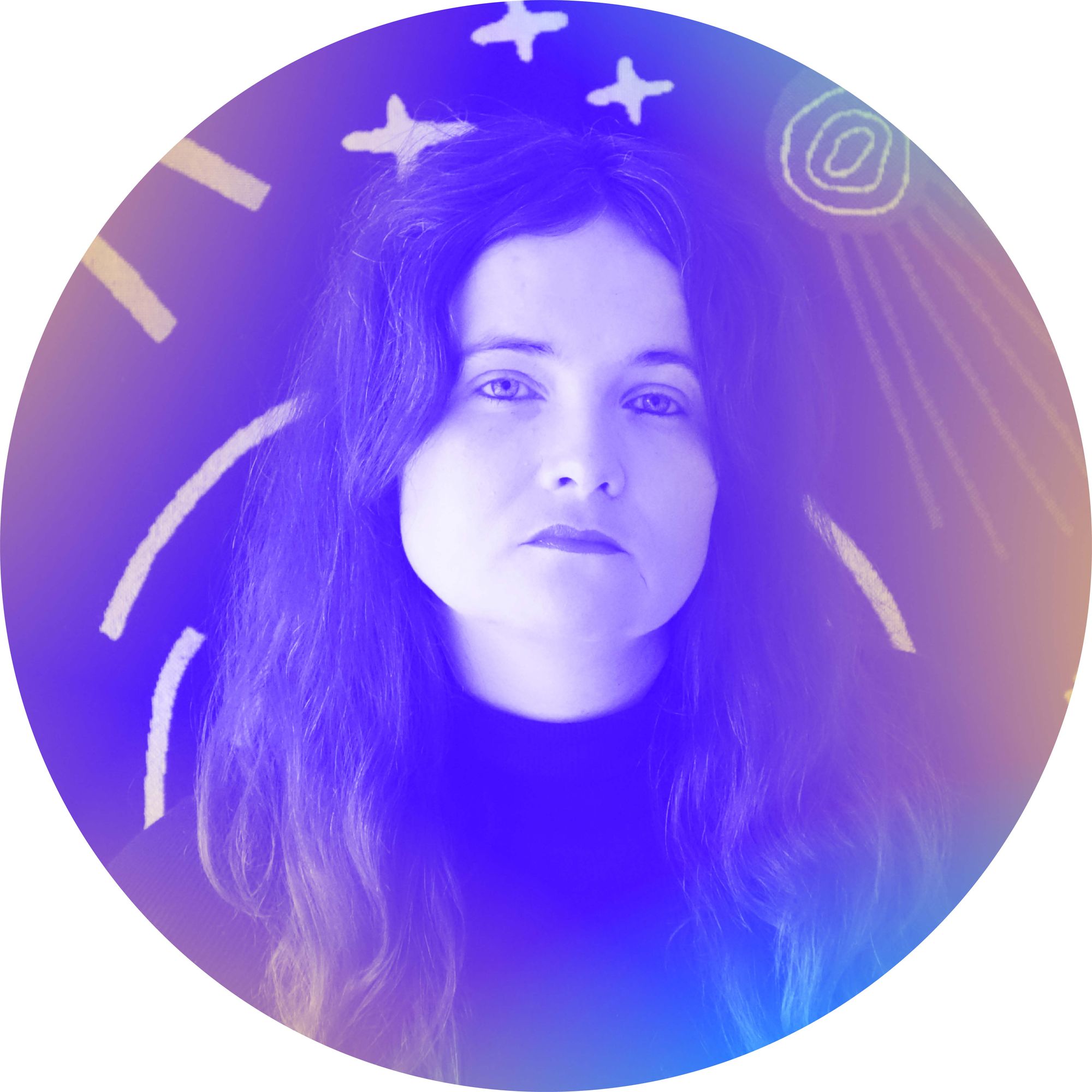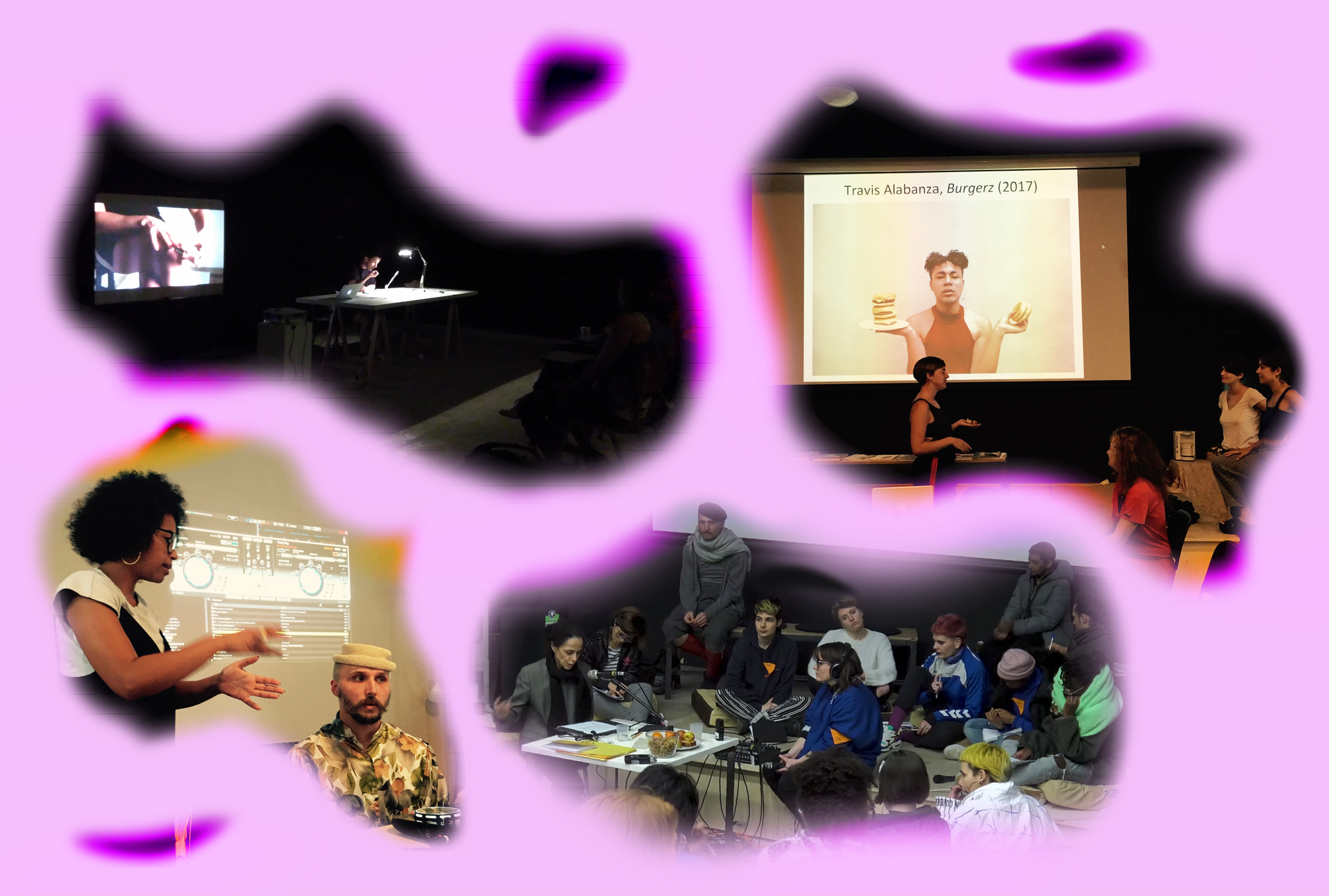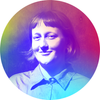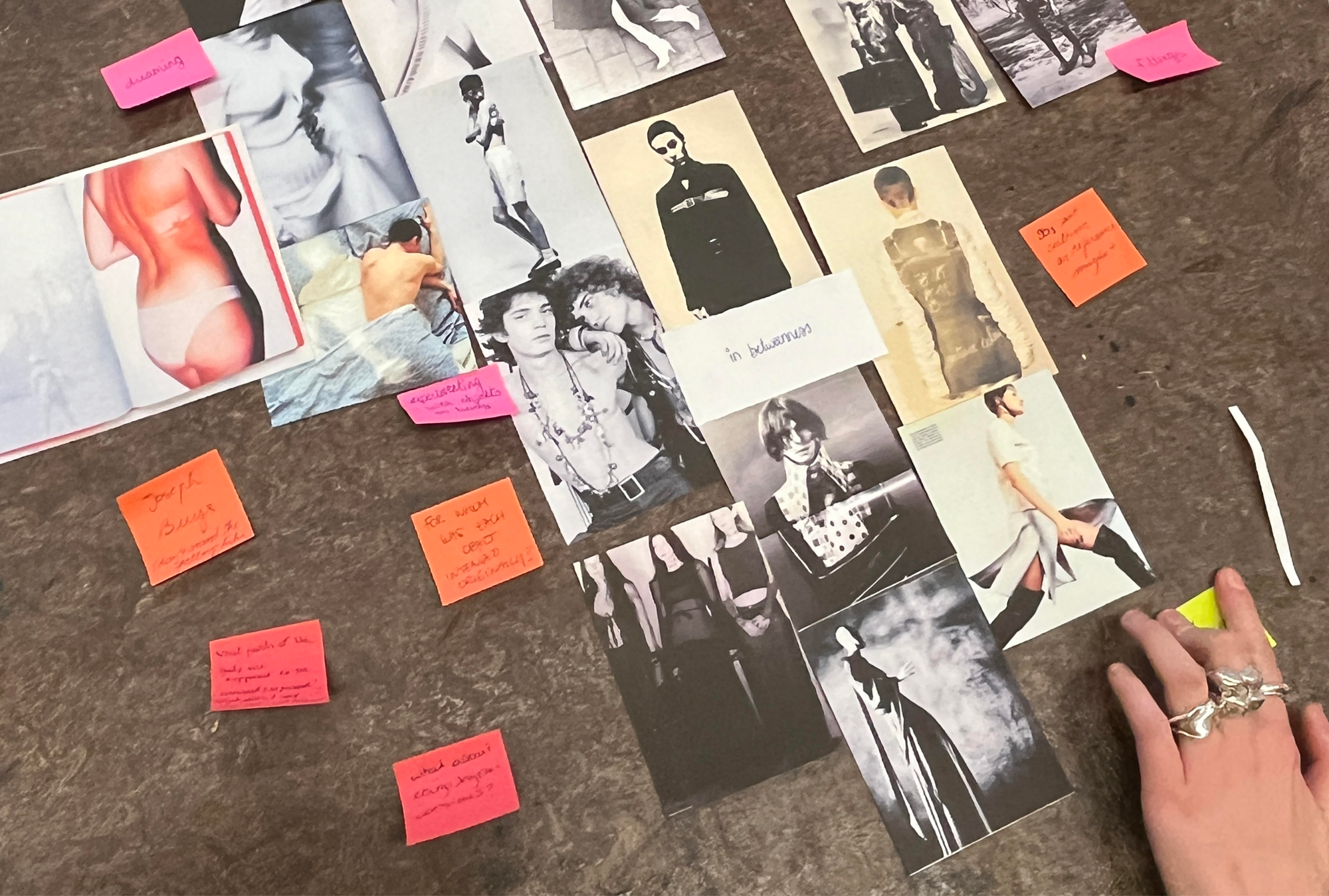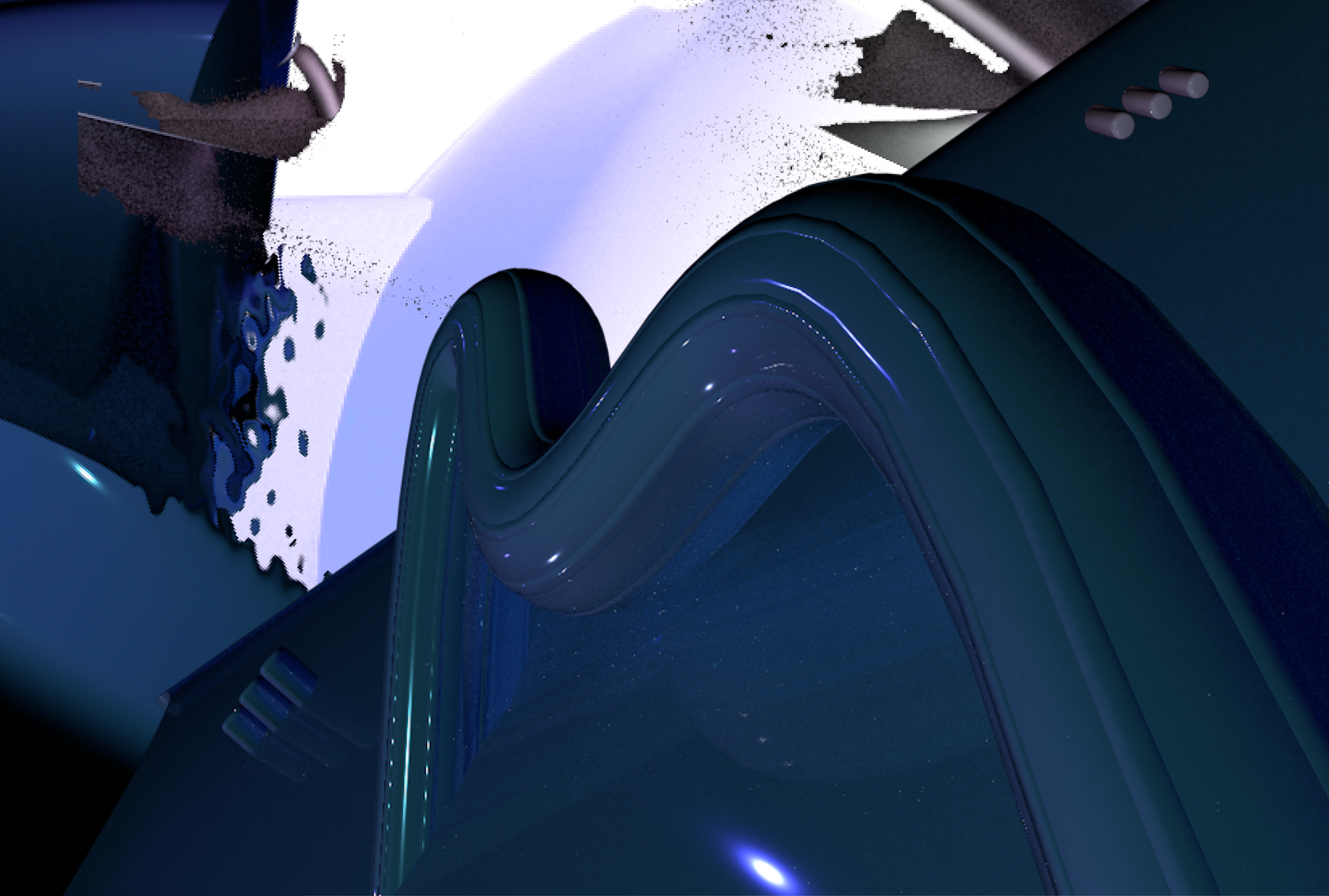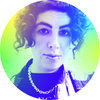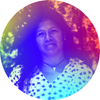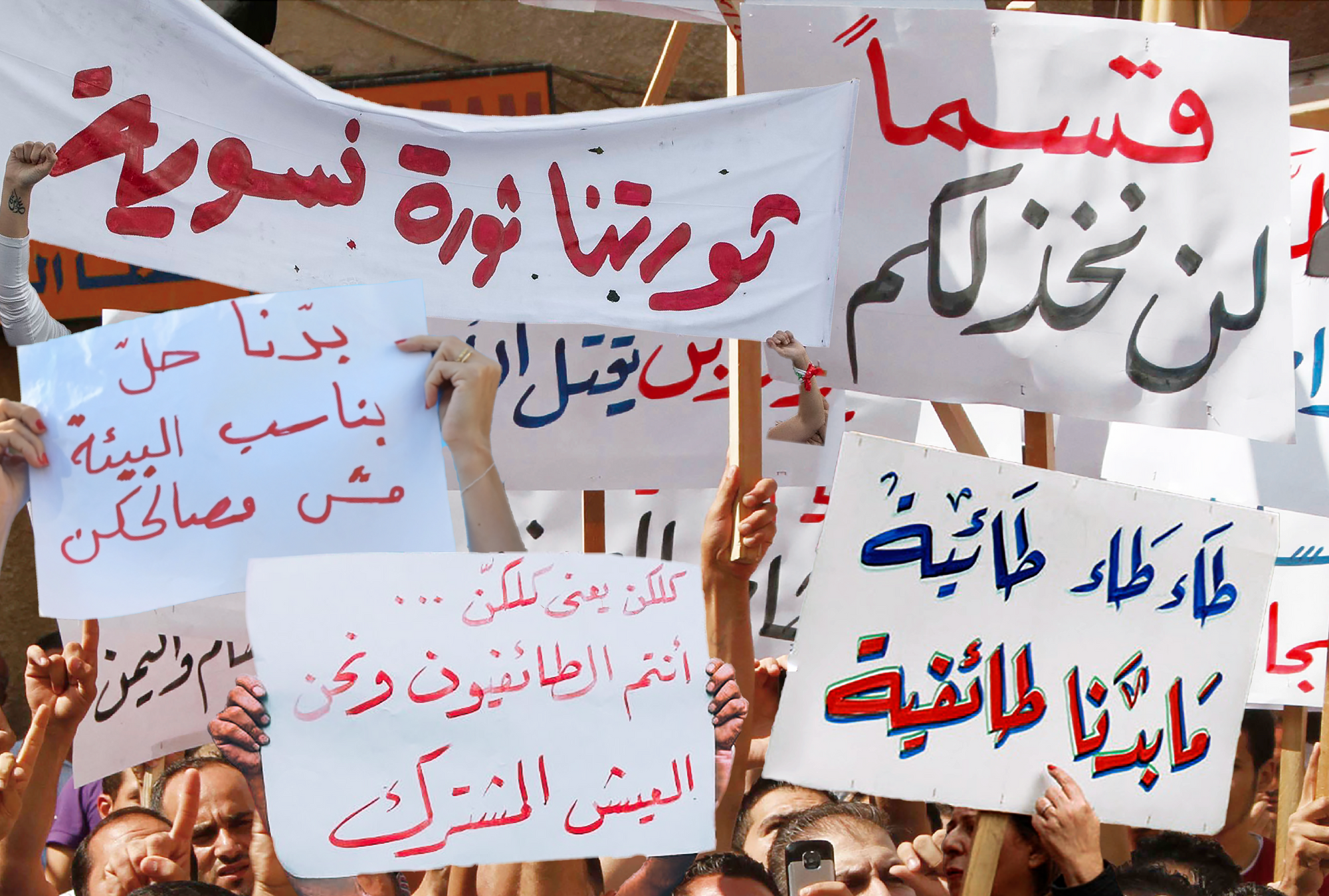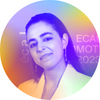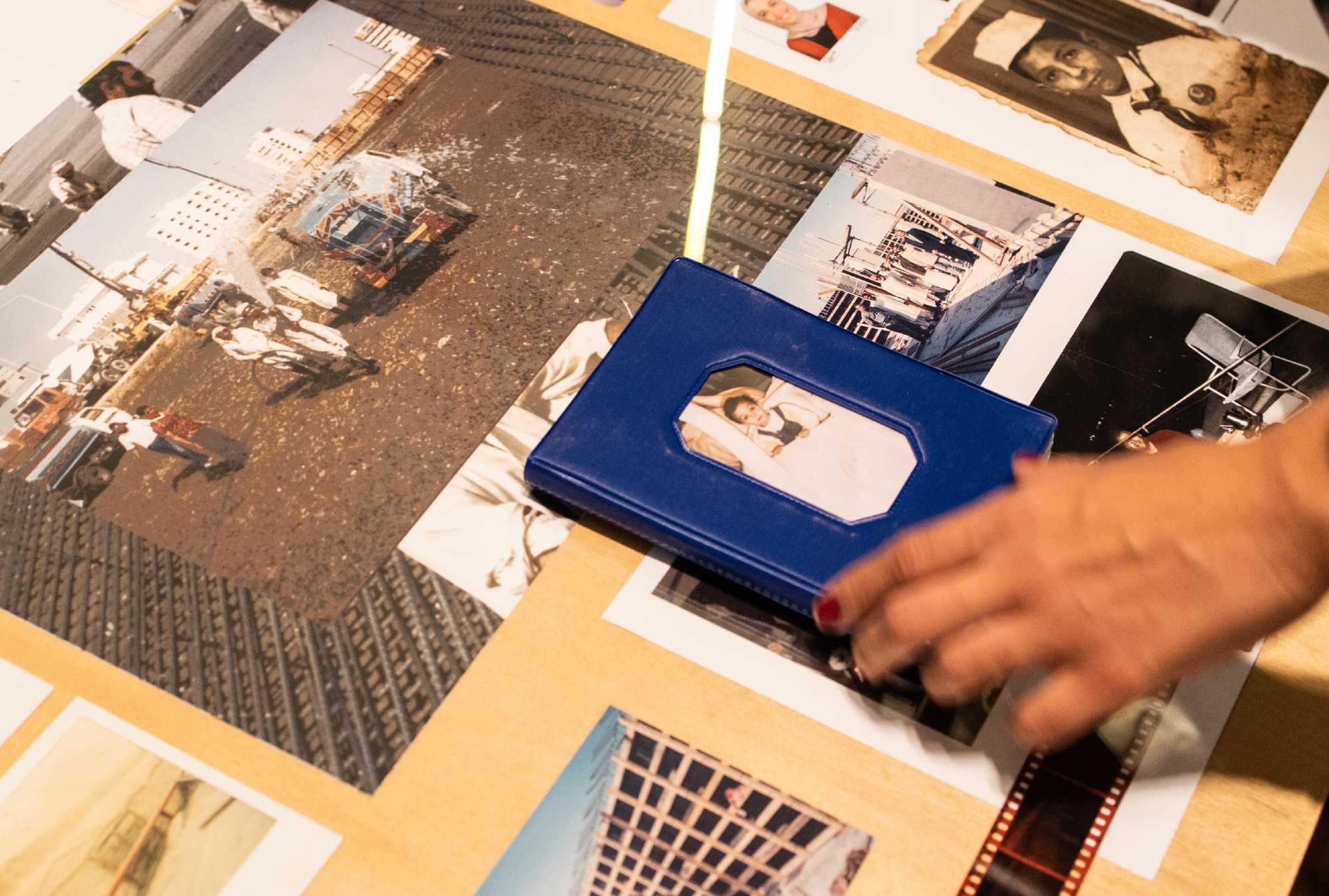
Like me, Farah Hallaba is also a convert to anthropology, as I jokingly mention when we meet for a coffee in Zamalek, an affluent yet bohemian district on an artificial island in the Nile in Cairo, Egypt. Farah is a Cairo-based activist, artist, and anthropologist, and the creative force behind Anthropology Bel3Araby (“Anthropology in Arabic”), a cultural platform that aims to make anthropological knowledge public and accessible to an Arabic-speaking audience. Her polymath nature guides her work toward engaged anthropology: anthropology that actively collaborates to co-create knowledge through participatory research directly with the community, and engages in sharing anthropological insights with the broader public. Farah’s approach enabled her to explore topics close to home, which are often underrepresented, such as Egyptian migration to the Gulf region, where she grew up, or the meaning of the middle class and class identity in the Arab world.
Our meeting, organized within the For Us, With Us, By Us – لنا، عنّا، معنا (FUWUBU) program, feels destined. We both share the understanding that anthropology is not just a discipline, but a framework through which we can interpret, engage with, and influence the world around us. To us, anthropology extends beyond the confines of academic research—it is a tool for activism, community building, and storytelling. In the three months preceding our meeting, the online and on-site conversation series brought together South West Asia and North Africa (SWANA) cultural producers to discuss the complexities of transnational identities and practices.
This collaboration with FUWUBU brought me as part of the Futuress team, along with other participants, to Cairo in May 2023 for a series of workshops, lectures, and public programs. As someone who also came to anthropology through a non-traditional route, I found that Farah’s integration of engaged and visual anthropology, coupled with her commitment to public education, resonated deeply with me. While anthropology often falls into the rigid confines of academic ivory towers, Farah’s engaged research strives to open it up and go beyond these institutional barriers through collaborative research workshops and multi-modal storytelling to make it more relatable to a broader audience. With the missions of Anthropology Bel3Araby and Futuress intersecting in their desire to make knowledge more accessible and democratic, and given my personal trajectory as an anthropologist in the making, I felt an urgent need to delve further into Farah’s approach to public engagement and cultural education.
Maya Ober: You started Anthropology bel3Araby in 2019 while pursuing your Master’s in Social and Visual Anthropology at the University of Kent, UK. What prompted you to initiate this platform?
Farah Hallaba: I have a background in political science, so anthropology was a new field to me and the beginning of my studies was quite daunting. Political science, being a popular discipline, had plentiful resources, including engaging YouTube tutorials or animations. By contrast, anthropological resources were scarce, and most of them were long lectures from old white men in English—nothing in Arabic, nothing engaging. This gap made me rethink my learning process.
“Anthropology could also be something people can do even if they don’t have a degree in the field; it’s a worldview, a way of being, because it really speaks to your everyday life.”
I was frequently asked, “What is anthropology?” and I wasn’t quite sure myself, as it can encompass so many things. Anthropology could also be something people can do even if they don’t have a degree in the field; it’s a worldview, a way of being, because it really speaks to your everyday life. I wanted to demystify it and make it relatable to people’s everyday experiences. I started taking notes during university lectures, preparing to craft them into episodes, and. I started a series of videos in Arabic trying to explain anthropological concepts in a way that someone like my aunt could understand. This was my way of digesting the knowledge and sharing it with a wider audience, making it more accessible. I also received feedback and engaged in discussion through the comments people left. This project then took an unexpected turn when, in addition to creating videos, I also started organizing workshops to discuss topics relevant to my community—which later became my Master’s thesis.
And what did you focus on?
The project focused on Egypt’s middle class, particularly how class identity is constructed and reinterpreted. It explored the complexities of what we commonly refer to as “the middle class”—a category that is fluid and open to challenge. In Egypt, a diverse range of people, often with differing levels of cultural, economic, and social capital, identify as middle class. I sought to unpack this label, examining how socio-economic class is constructed, fictionalized, and perceived. The workshop was designed to be conversational, with participants shaping the questions and contributing personal family narratives to the research.
So, you essentially brought anthropology home?
Precisely. It was both an exploration of anthropology and the concept of home. This approach proved particularly effective during the COVID-19 pandemic. In my first year at university, we received training to prepare us for fieldwork, a fundamental research method in anthropology involving extended periods of immersion in the community or environment that an anthropologist is studying.
Then the pandemic hit and travel restrictions were imposed, so we had to transition to conducting fieldwork remotely. The pandemic mirrored, though for different reasons, the constraints of traditional ethnographic fieldwork, which I was already reluctant to embrace. I didn’t want to pursue fieldwork in dramatically different or “exotic” locations, and I lacked the confidence that some white anthropologists have. I had envisioned developing my thesis in a workshop format, so when the pandemic hit and my colleagues struggled to convert their fieldwork plans, I simply adapted mine into a virtual format. This was my first collaborative workshop, and then I did other ones after the pandemic.
How did the participants in your workshops come together? How did you share about the format and who did you invite?
I used an open call on the Anthropology Bel3Araby platform to invite participants, which led to my first visual anthropology workshop in Alexandria, Egypt. This initiative sparked a series of 15 workshops in visual anthropology, some held in my studio in Cairo and others online, allowing broader Arab participation. Its format is discussion-based and thus heavily reliant on the diverse stories of the attendees, so each session was unique.
“We critically and inquisitively discussed our experiences in the Gulf region, striving to make sense of our lived realities, share memories, read academic texts, and re-examine pop culture auto-ethnographically.”
In early 2022, I launched an ambitious project titled “Being Borrowed: On Egyptian Migration to the Gulf.” From February to April 2022, more than fifteen participants gathered in two groups: one met at Anthropology Bel3Araby’s studio in Garden City, downtown Cairo, and the other online. Each workshop session explored themes like social class, aspirations, family dynamics, belonging, stability, and death, with a particular focus on the temporary nature of migration.
During the workshops, we critically and inquisitively discussed our experiences in the Gulf region, striving to make sense of our lived realities, share memories, read academic texts, and re-examine pop culture auto-ethnographically. Together, we created an archive of scanned photographs, letters, and cassette tapes recorded by our parents and sent to their families back home—remnants from a time before personal computers.
After months of weekly meetings, I proposed materializing our ideas and stories into a group exhibition. Farida Youssef joined us as a curator to guide us through the process. The resulting exhibition was the first of its kind in Egypt to spotlight the lives of Egyptians in the Gulf. It took place at the Contemporary Image Collective gallery in downtown Cairo and drew over 4,000 visitors. The exhibition was designed to be interactive, turning visitors into active participants in the project. They could engage directly with us, contribute their stories, and offer insights, creating a live field of study.
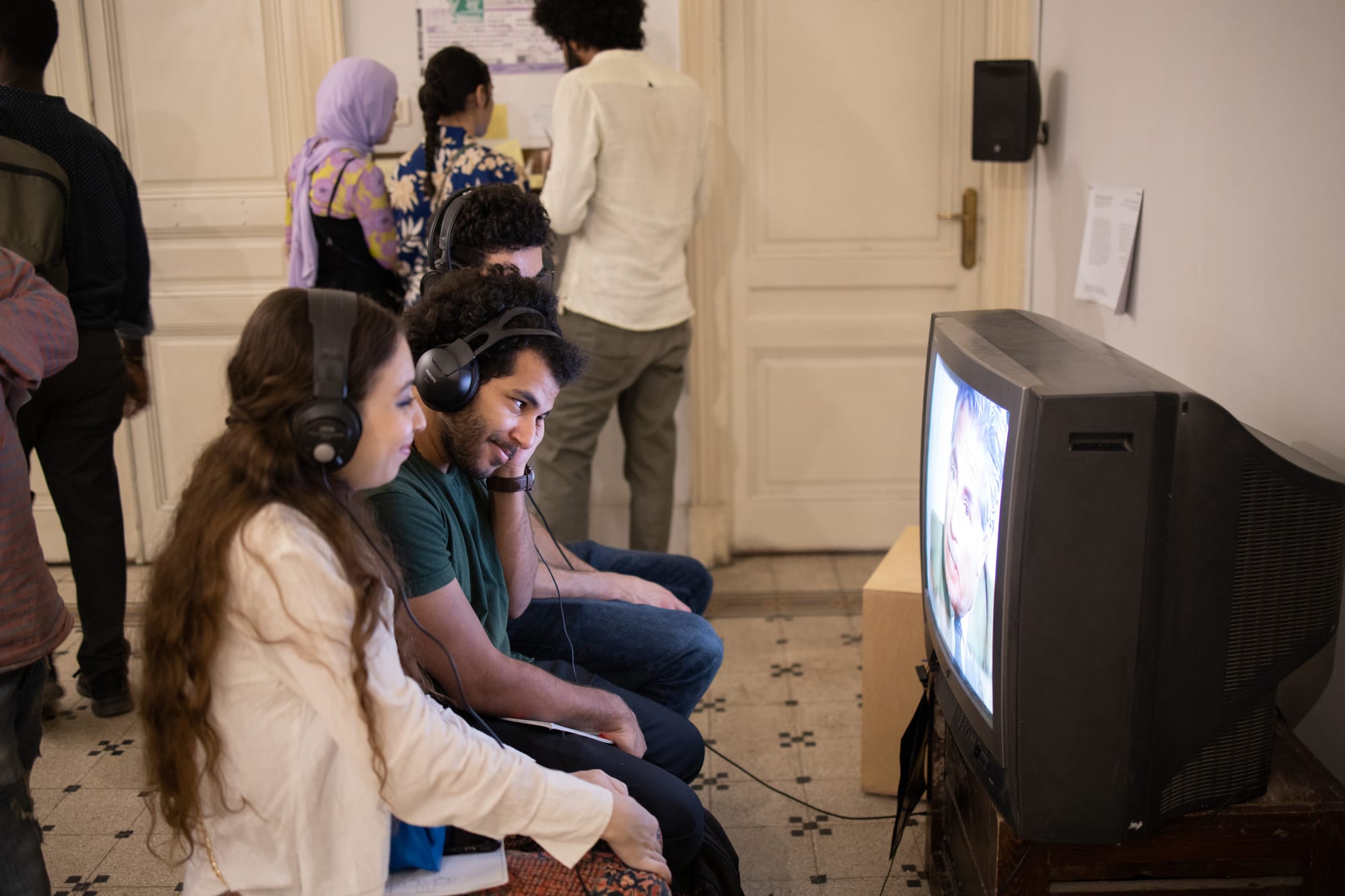
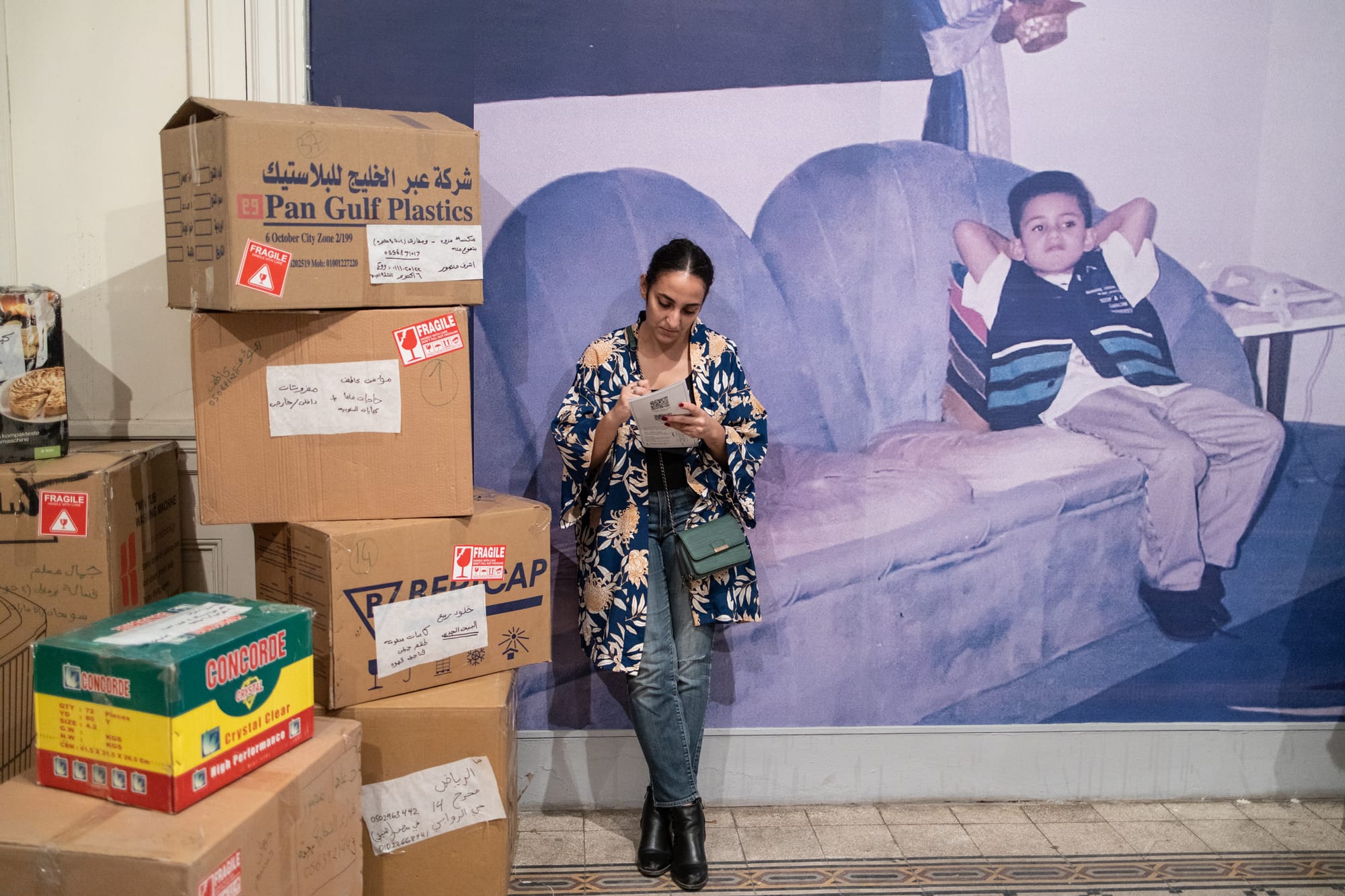
“Being Borrowed: On Egyptian Migration to the Gulf,” exhibition at the Contemporary Image Collective gallery, Cairo, Egypt, 2022.
How does your work differ from the typical public and academic discourse on migration in Egypt?
Much of the discourse on migration focuses on the socio-economic impacts or the religious influences, which although significant, have been overly emphasized. The Egyptian migration to the Gulf began in the 1960s and continues to this day, yet there has been little anthropological engagement with it. For decades, the same narratives about financial and religious changes have dominated the conversation, reproducing the stereotype of men migrating to the Gulf and becoming Wahabi, more orthodox Muslim. This portrayal of migration in the media and academia typically depicts the Gulf merely as a backdrop for narratives that overlook the personal and daily realities of those who move there. Our work sought to address this by collecting diverse accounts, focusing on familial relationships, the profound effects of loss, and the concept of home, which are often overlooked in mainstream discussions.
The project questions what it means to live in transience, the psychological and emotional toll of maintaining a temporary life, and the impacts of deferred dreams and aspirations. Through our workshops, we explored these themes deeply, revealing patterns of absent memories and the unspoken burdens carried by the migrants, providing a more nuanced understanding of their lives and challenges.
Who were the participants in your workshops?
The participants were quite diverse, but all shared a connection to Gulf migration. Some, like me, have family members still there. Others haven’t been to the Gulf in a long time, or it was a relative who migrated. The range of experiences brought varied perspectives to our sessions, enriching the dialogue and insights.
Your work has a notably design-oriented approach. How do you incorporate design into your anthropological practice?
Absolutely, there’s a significant design element in how we structure our projects. The workshops not only serve as academic explorations but also as art-making spaces. We’ve found that incorporating visual and design elements helps translate complex anthropological themes into more accessible, tangible formats. This synthesis of anthropology and art challenges traditional boundaries and makes our findings more relatable and impactful.
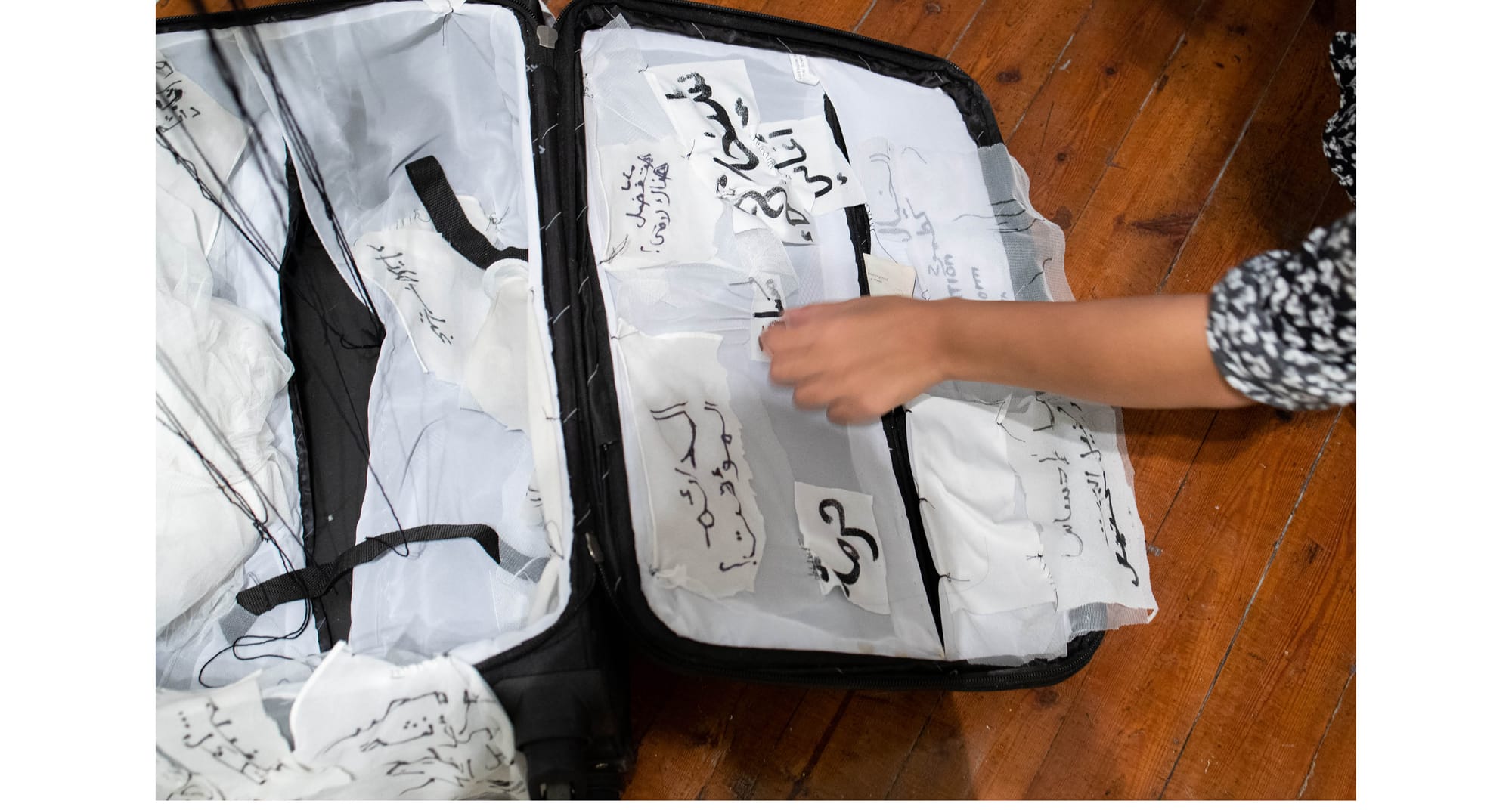
Working collaboratively, we engage in what I call “pedagogically productive art-making.” This process begins in the workshops but extends into the creation of installations and visual projects. Each participant contributes not just by discussing but by creating, which blurs the lines between artist and anthropologist. Our collaboration extends to all aspects of the project, from conceptualization to public engagement, ensuring that every piece reflects a deep, co-created understanding of the topics at hand.
Moreover, the visual identity of the project plays a crucial role. It’s not just about presenting information but inviting engagement and reflection. For instance, the design elements prompted discussions and interactions among the audience that wouldn’t occur with traditional academic presentations.
How was the project financed?
In order to maintain creative and operational control, we decided against traditional funding paths, opting instead for a grassroots approach to seeking resources. Ali Zaraay, an executive producer of the project, and I used our personal savings, which was a considerable financial strain, but it allowed us significant autonomy which was crucial for maintaining the project’s integrity without the constraints typically imposed by traditional funding. We leveraged our resources, and participants also contributed in kind by offering their skills and time, which fostered a strong sense of community, collective ownership, and shared commitment to the project’s success. Even the production of our publications, initially hand-bound and later professionally printed, was a communal effort that embodied our ethos of collaborative creation.

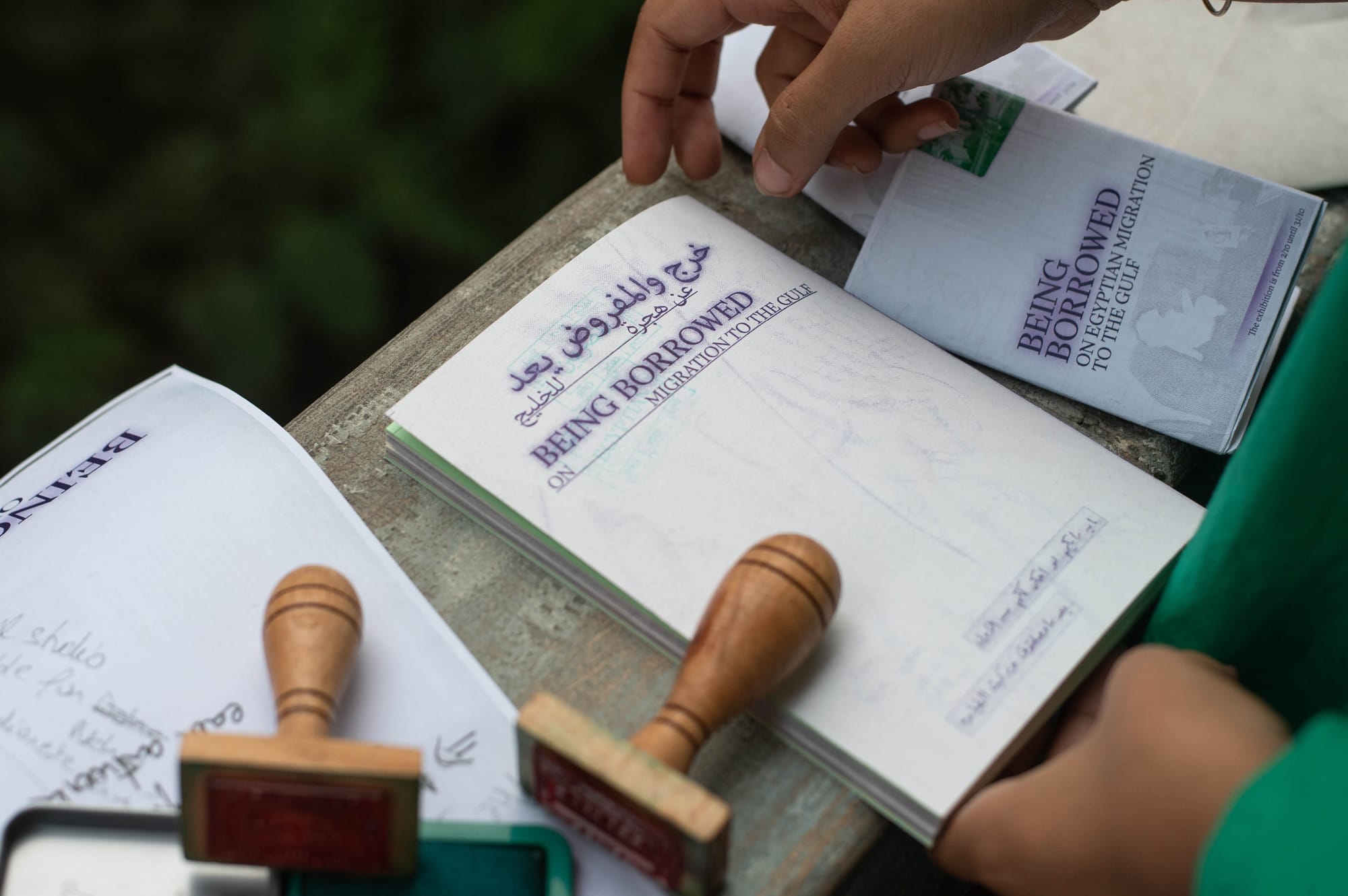
“Being Borrowed: On Egyptian Migration to the Gulf” publication. Design by Sherine Salla.
The autonomy to define our own narrative and methodology without institutional constraints is empowering. It challenges traditional academic norms around authorship and knowledge creation. Our project is profoundly collaborative, blurring the lines between creator and subject, artist and academic. This fluidity in roles and the dynamic nature of authorship is central to our approach, reflecting the project’s inclusive and innovative character.
It’s also this idea that authorship is fixed. It’s not something that is being created and negotiated and redefined.
Absolutely, especially in visual anthropology and when working collaboratively. Authorship isn’t a static condition; it’s a constant negotiation, and often, it’s the institutional frameworks that gatekeep who gets recognized. Within our project, we challenge these norms. The participants aren’t just interlocutors; they’re epistemological counterparts. This means we co-create knowledge. We don’t just gather data from them; we analyze and theorize together.
Traditional views of anthropology often position the anthropologist as the sole theorist, but our approach disrupts this. Everyone involved, whether they are recognized by academic standards or not, contributes equally to the intellectual output. This makes our project not just a display of findings but a shared space of learning and creation.
Moreover, visitors to our exhibitions aren’t just passive recipients; they engage actively, becoming part of the ongoing dialogue, potentially as ethnographers themselves. This shifts the traditional roles and challenges the standard modes of anthropological inquiry and knowledge production.
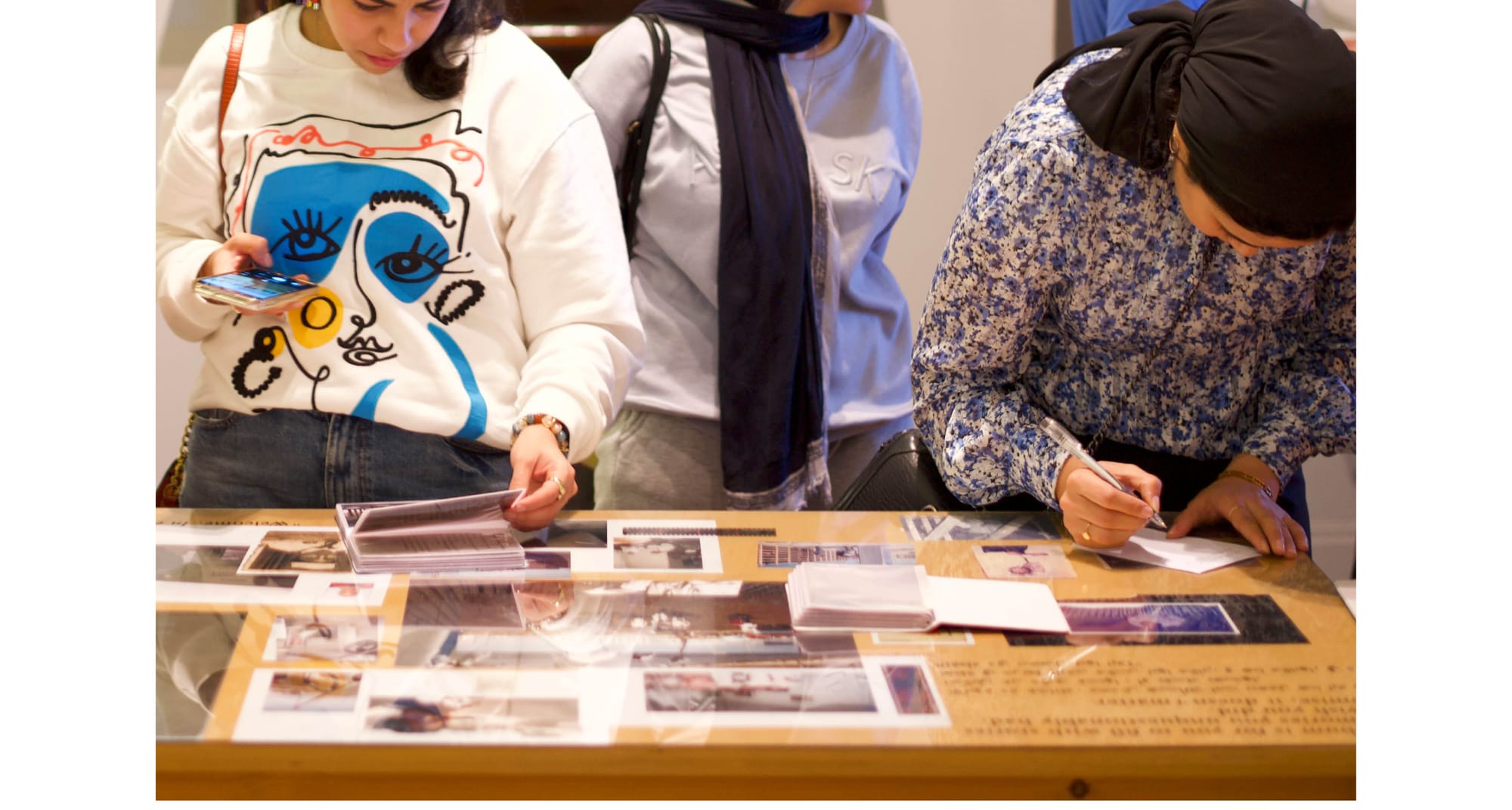
Considering this project is collaborative, would you also describe it as engaged or even activist anthropology? Not just because it operates outside institutional walls, but for its approach to deeply personal and often overlooked memories—both individual and collective.
It’s true—this has elements of activist anthropology because we’re actively challenging and re-centering the narratives around these migrations. Our work isn’t just about recounting experiences; it’s about changing the narrative framework from one that’s externally imposed to one that’s internally articulated and shared. This involves looking at the subtle, everyday impacts of migration that don’t make headlines—like the nuanced relationships with family members who stay behind, or the personal transformations that don’t fit the typical narratives.
You’re also using digital platforms—social media like YouTube and Instagram, which break down the traditional barriers of academia. Has the mission of your Anthropology Bel3Araby project evolved from just explaining and mediating anthropological knowledge in Arabic?
The mission isn’t set in stone; it emerged from a real urgency to address underexplored and underrepresented experiences, like the migration to the Gulf or the ongoing presence of our fathers there. This project began as a means to articulate and navigate through my academic work, but it evolved significantly once we began unearthing collective memories that many of us had forgotten—memories lost or distorted due to the migration narrative dominated by themes like religious radicalization and economic migration.
By using platforms that transcend academic boundaries, we invite a broader audience to engage with anthropology in a way that’s both accessible and immediate. This is crucial because it allows people—those directly affected by the issues we’re exploring—to participate in the conversation. They’re not just subjects; they’re co-creators of the knowledge and narrative that emerge from our work. Thus, the project becomes a dynamic entity, constantly evolving as we collectively interpret and reinterpret the experiences shared with us.
“This project was deeply personal for me; it was inspired by my own father who has been in the Gulf for over 30 years.”
…And that’s precisely what anthropology does. It helps us develop empathy and embrace the complexity of human experiences, where nothing is certain and everything is nuanced.
Exactly, and that’s why it’s so crucial. Take the example of the often absent father figure; it’s about humanizing their experiences, and understanding their struggles. Many are away from their families not out of choice but because of economic necessity. We often overlook the personal sacrifices involved. The narrative is typically reductive, portraying these fathers as mere ATMs who return home periodically without any real engagement, or as entirely transformed by their experiences abroad.
This project was deeply personal for me; it was inspired by my own father who has been in the Gulf for over 30 years. Despite the time, he is profoundly unhappy. This reality—his silent struggles—motivated me to start this project. It’s not just an academic exercise but a way to articulate the unspoken, to bring to light the nuanced realities of those like my father who live in between spaces and identities, far from their families yet never fully belonging to the places they work in. It’s about understanding and sharing these complex emotional landscapes that these migrant workers navigate daily.
Did you discuss the project with your father? How did he react?
Yes, and he was deeply moved. We also had a guest book at the exhibition, not to give congratulations, but as a space for emotional expression. Remarkably, 47 entries were messages to, from, or about fathers. It highlighted a collective awakening to their silent struggles. One message that profoundly affected me was an apology to a father, expressing a newfound understanding of his experiences.

Considering you work outside academia, do you see yourself continuing these kinds of projects, driven by a sense of urgency, without institutional support?
Absolutely, though sustainability is something I need to think about. This urgency propels the projects, and there’s a lot of potential for future work, especially with the material people bring to us. For instance, we’ve thought about turning archival footage into short films. Collaborating with a documentary writer and a filmmaker, we aim to craft stories that reflect the intimate experiences of migration and memory.
The use of visual and audiovisual materials creates a powerful connection. It not only brings the viewers closer to the subjects, but also helps unlock and articulate deeply personal memories. There’s an inherent beauty in bringing these everyday, intimate experiences to light, offering a space for understanding and empathy that transcends the conventional academic discourse. We’re not just preserving memories. We actively engage with these stories, inviting others to see their reflections and perhaps find understanding or closure.
This text was possible thanks to a collaboration with For Us, With Us, By Us–—لنا، عنّا، معنا curated by Mayar El Bakry, Noureldin Ahmed, Randa Hadi, Sherine Salla, Nada Ezzeldin, and Sohaila Khaled. For Us, With Us, By Us—لنا، عنّا، معنا was a series of roundtable conversations centering the voices of cultural practitioners, exploring themes of transnational identities beyond the Western canon. The program was co-produced in collaboration with Archief Cairo, cifrcifrcifr, and Futuress, and financed by ProHelvetia.
Farah Hallaba (she/her) is a social anthropologist and visual ethnographer. In 2019, she started Anthropology Bel3Araby انثروبولوجي بالعربي, aiming to publicize anthropology in an accessible way and in Arabic. Through online videos and collaborative workshops, her work addresses topics around social class and migration to the Gulf.
Maya Ober (she/her) is a converted anthropologist, designer, editor, educator, learner, and activist whose work reimagines academia and institutional life through a feminist lens. She employs diverse mediums—ethnography, poetry, film, images, curation, and more—to explore the worldmaking dimensions of listening, complaining, queering, and embodying. Alongside Mio Kojima, Maya is the co-director of Futuress, and she also co-conceptualized “Imagining-Otherwise,” and initiated “feminist curricula.”
Title image: Installation “This Memory Does not Exist” by Tasneem Gad, exhibited in “Being Borrowed: On Egyptian Migration to the Gulf,” Contemporary Image Collective gallery, Cairo, Egypt, 2022.

